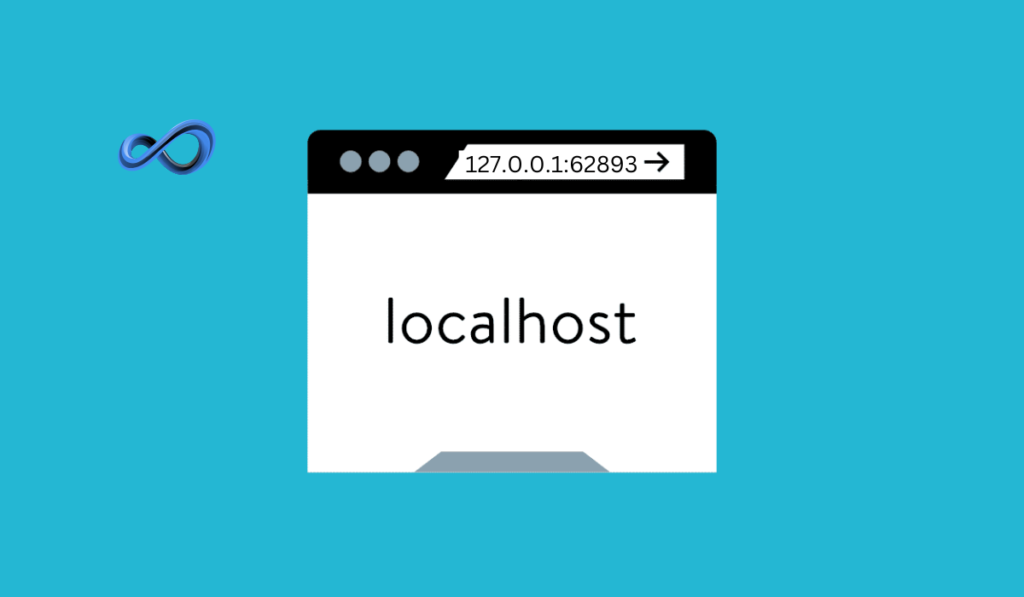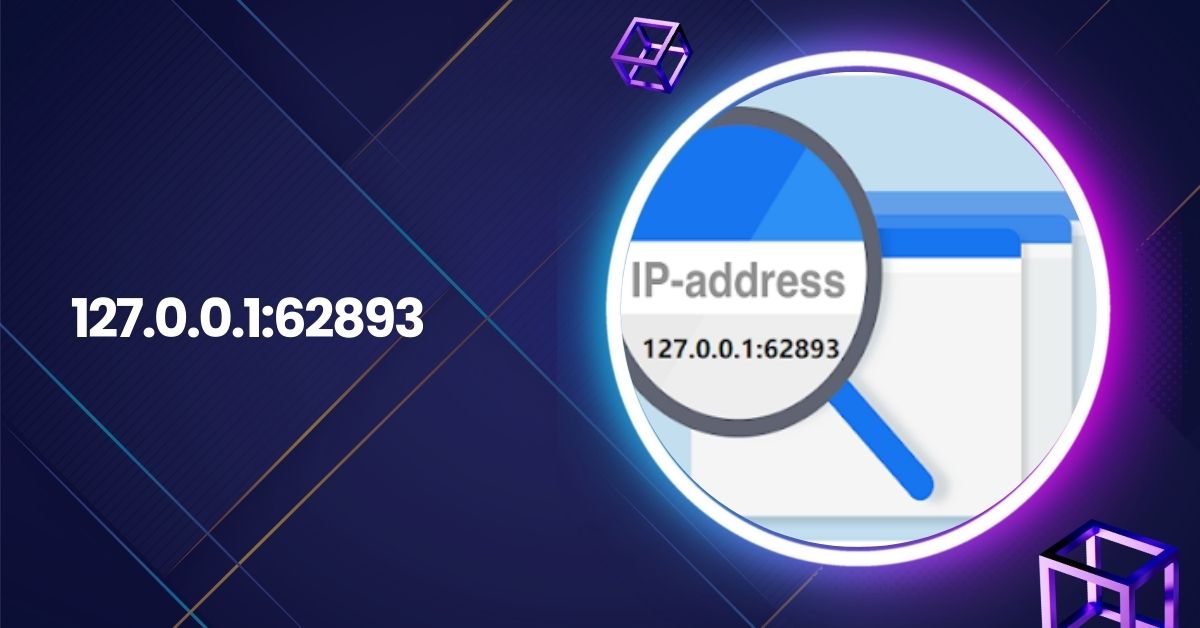The combination of 127.0.0.1 and port 62893 is a specific instance of utilizing the localhost address and a dynamic port number for local communications. This setup is typically used in various development, testing, and debugging scenarios. This article will explore the significance of 127.0.0.1:62893, its typical applications, security considerations, and troubleshooting tips.
What is 127.0.0.1?
The IP address 127.0.0.1, commonly known as localhost, refers to the loopback network interface on your device. It is used to establish an IP connection to the same machine or computer the end-user uses. This address is crucial for testing and development as it allows applications to communicate internally without requiring external network connectivity.
Understanding Port 62893

Ports are numerical identifiers in networking that distinguish between different services or applications running on the same device. Port number 62893 falls within the dynamic/private port range (49152-65535) and is often used by applications during development or debugging sessionsfor temporary or private purposes.
Common Applications of 127.0.0.1:62893
- Development and Testing:
- Web Servers: Developers frequently run local web servers using frameworks like Flask or Django on port 62893 to test web applications before deployment.
- Remote Debugging: Integrated Development Environments (IDEs) such as Visual Studio Code might use port 62893 for remote debugging, allowing developers to inspect and modify code execution locally.
- Data Caching: Tools like Memcached might use this port to cache data locally for faster retrieval during the development phase.
- Temporary Services:
- Ephemeral Connections: Applications might use this port for temporary communication purposes that do not require a permanent port assignment. This is common when services must communicate temporarily without impacting other network services.
Security Considerations
While using 127.0.0.1:62893 confines communication to the local machine, there are still security practices to consider:
- Avoid Public Exposure: Exposing this port to external networks can lead to several risks, including unauthorized access, denial-of-service (DoS) attacks, and exploitation of vulnerabilities in the service running on this port.
- Firewall Settings: Ensure your firewall is configured to block external access to port 62893, allowing only trusted applications to use it internally.
- Regular Audits and Updates: Keep your system and applications updated to protect against security flaws, and regularly audit the ports and services to identify any irregularities.
Troubleshooting 127.0.0.1:62893 Issues

- Error Messages:
- Common errors like “Disconnected from the target VM, address: 127.0.0.1:62893” indicate a connection failure to the specified port. This can be due to server overload, firewall restrictions, or misconfigurations.
- Identifying Issues:
- Service Status: Verify that the service intended to use port 62893 runs correctly.
- Port Conflicts: Check if another application is using port 62893 and causing a conflict.
- Firewall Configuration: Ensure your firewall allows local connections to this port but blocks external attempts.
- Resolving Issues:
- Starting the Service: Use the appropriate command if the service is not running. For example, you can use python -m http.server 62893 –bind 127.0.0.1 to start a simple HTTP server on this port.
- Changing Port Numbers: If port 62893 is already in use or causing issues, configure your application to use a different port.
- Network Diagnostic Tools: Tools like netstat or lsof can help identify what processes are using specific ports and resolve conflicts accordingly.
Conclusion
Understanding 127.0.0.1:62893 is vital for developers and IT professionals who work with local services and applications. This loopback IP and port number combination facilitates efficient and secure local communication, which is essential for development and testing. By recognizing its applications, security considerations, and troubleshooting steps, you can leverage 127.0.0.1:62893 effectively in your projects.
Read More:
